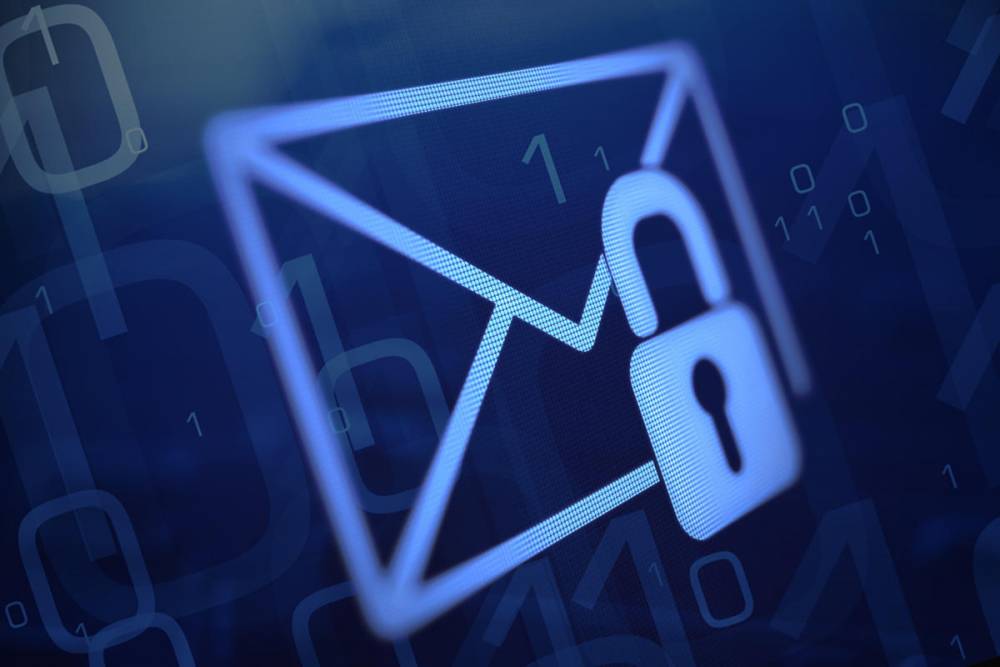
How Can DMARC Help Against Spoofed Emails Containing Malware
How Can DMARC Help Against Spoofed Emails Containing Malware
Every day, billions of emails are sent that are malicious or can be classified as phishing. These emails are sent to entice recipients to visit bogus websites, contain malware, or are part of a larger scam that appears legitimate at first glance. The frequency and volume of these emails have increased significantly as a result of the recent Pandemic's widespread adoption of the Work From Home culture.
Password Stealing Malware sent to Energy Suppliers
According to a recent report from Intezer, a phishing campaign has been active for over a year, sending legitimate-looking emails in order to steal passwords. These phishing emails are so well-crafted and well-researched that recipients are frequently fooled into believing they are communicating with legitimate businesses.
According to the report, this phishing campaign is aimed at energy, oil, and gas companies that have a sizable customer database. Naturally, the first step is to steal credentials and other sensitive data. Around the world, a similar pattern has been observed in the technology and manufacturing sectors, particularly in the United States, the United Arab Emirates, Germany, and South Korea.
The malware-infected email includes an attachment that appears to be a PDF file with additional information, but is actually an IMG, ISO, or CAB file that directs the user to a malware file. The security company's research paper cautioned users to exercise caution when opening emails sent from domains other than their own. Any files or links that appear suspicious must be ignored.
Microsoft Reports about Malware Spreading Emails from Fake Call Centers

Microsoft recently warned users about bogus emails that force users to call the number provided in the email in order to cancel a subscription or claim a prize. When the user dials the specified number, the representative on the other end convinces the user to visit a website and download malware disguised as a legitimate file.
Once such malware is identified, BazarLoader assists hackers in gaining backdoor access to a Windows Host Computer that has been infected. Once a connection to a computer is established, individuals with malicious intent send malware to the user's computer in order to steal critical information such as credentials and other forms of identification.
Spectra Logic- The Company That Did Not Pay For the Ransomware in Their System
Another interesting incident occurred at Spectra Logic, where IT quickly disconnected the server room's power and brought the entire infrastructure to a halt. Then they contacted the FBI, who dispatched a team, and it took a couple of weeks to restore everything from the company's prudent offline backups. The attack was carried out via a phishing email sent to a home-based employee during the Covid Pandemic.
There are numerous examples of this, most notably the case of Prometheus Ransomware, which emerged this year and has so far infected 30 businesses. Apart from this, REvil and Thanos are considered to be dangerous as well. However, with new security measures in place, it will become more difficult for these malicious actors to carry out their heinous intentions.
Domain-based Message Authentication, Reporting & Conformance (DMARC)

The reason malicious emails are not identified is because hackers alter the sender's identity in the 'FROM' field to one the user trusts. Additionally, cybercriminals have been observed changing the name in the 'FROM' field to that of a colleague or manager, ensuring that the email is opened without a doubt. This may lead to additional cyberattacks, such as credential theft, ransomware, and malware.
DMARC is an acronym for Domain-based Message Authentication, Reporting, and Conformance. It is an email authentication protocol that prevents any foreign entity from sending emails on your company's domain. It ensures that only authorized senders can email, and that all other emails are considered spam. With no spoofed emails, Valimail's analysis indicated that the percentage of suspicious emails dropped to 0.4 percent in domains where DMARC was enforced.
Alexander Garca-Tobar, CEO of Valimali, stated that with the enforcement of privacy laws in the United States, it becomes critical to enforce a DMARC policy for all businesses operating in that country.
DMARC uses three basic policies to determine the email's authenticity: Sender Policy Framework (SPF), DomainKeys Identified Mail (DKIM), and Sender Policy Framework (SPF). These policies are as follows:
Monitor (p=none) that passively monitors your email traffic.
All unauthorized emails are routed to the spam folder by quarantine (p=quarantine).
Reject (p=reject) prevents unauthorized emails from being delivered.
Conclusion
DMARC appears to be the optimal solution that should be implemented by all organizations that provide work-from-home options. The number of malicious emails will never decrease, but will rather increase in manyfold. Avoid opening suspicious emails offering freebies and delete those from unknown organizations. DMARC provides an additional layer of security to your organization's network.

